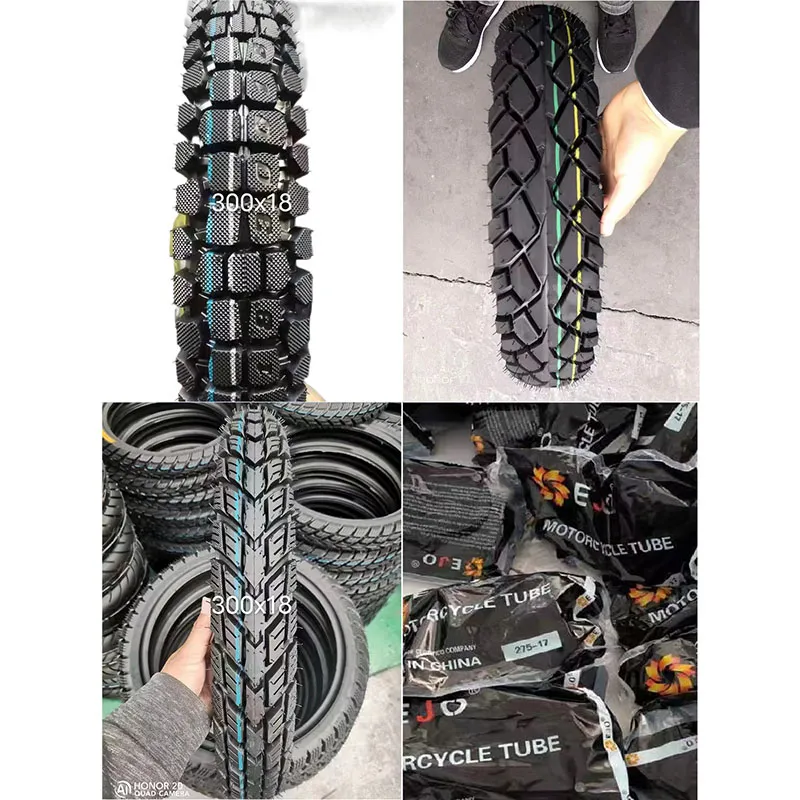

Motorcycle enthusiasts understand the importance of having well-maintained equipment, and one of the most crucial components to keep in good condition is the motorcycle tyres. Just like any other consumable, motorcycle tyres have a shelf life that affects their performance and safety. Knowing how long a motorcycle tyre can last is essential for riders to ensure their safety on the road.
The Lifespan of Motorcycle Tyres
Motorcycle tyre manufacturers recommend replacing tyres every 5-6 years, regardless of the amount of tread left on them. This recommendation is based on the drying out of the tyre's multiple rubber compounds, which can compromise the tyre's integrity and performance over time.
As the years pass, the rubber in motorcycle tyres becomes harder and less elastic, reducing their grip on the road. This can lead to decreased braking efficiency, handling difficulties, and even the risk of blowouts. Therefore, it's crucial to replace your motorcycle tyres even if they still have plenty of tread left, to ensure your safety and the tyre's optimal performance.
Factors Affecting Motorcycle Tyre Lifespan
While the general rule of thumb is to replace motorcycle tyres every 5-6 years, several factors can impact their lifespan.
Storage Conditions: Tyres stored in direct sunlight or extreme temperatures can deteriorate faster, shortening their lifespan. Storing tyres in a cool, dry place can help preserve their quality.
Driving Habits: Aggressive driving, frequent braking, and riding on rough roads can accelerate tyre wear, requiring more frequent replacements.
Load and Speed: Heavier loads and higher speeds can put additional stress on tyres, reducing their lifespan.
Maintenance: Regular tyre maintenance, such as balancing, alignment, and rotation, can help extend tyre lifespan by preventing uneven wear.
Signs Your Motorcycle Tyres Need Replacing
It's essential to inspect your motorcycle tyres regularly for signs of wear and tear. Here are some indications that it's time to replace your tyres:
Tread Depth: While manufacturers recommend replacing tyres every 5-6 years, tread depth is also a crucial factor. If the tread depth falls below the manufacturer's recommended minimum, it's time for a new tyre.
Cracking: Dry, cracked rubber is a sign that the tyre's compounds have deteriorated, and it's no longer safe to ride on.
Irregular Wear: Uneven wear patterns, such as cupping or feathering, can indicate tyre misalignment or balancing issues. These issues should be addressed, and the tyre replaced if necessary.
Bulges or Bubbles: Any bulges or bubbles on the tyre's sidewall indicate internal damage, and the tyre should be replaced immediately.
Conclusion
Understanding the lifespan of motorcycle tyres is crucial for riders to ensure their safety and the tyre's optimal performance. While tyre manufacturers recommend replacing tyres every 5-6 years, various factors can impact their lifespan. Regular tyre inspections and maintenance can help extend tyre lifespan, but eventually, even the best-maintained tyres will need to be replaced.
Remember, motorcycle tyres are your only connection to the road, and their condition can significantly impact your safety. So, stay safe on the road by keeping your motorcycle tyres in good condition and replacing them when necessary.
